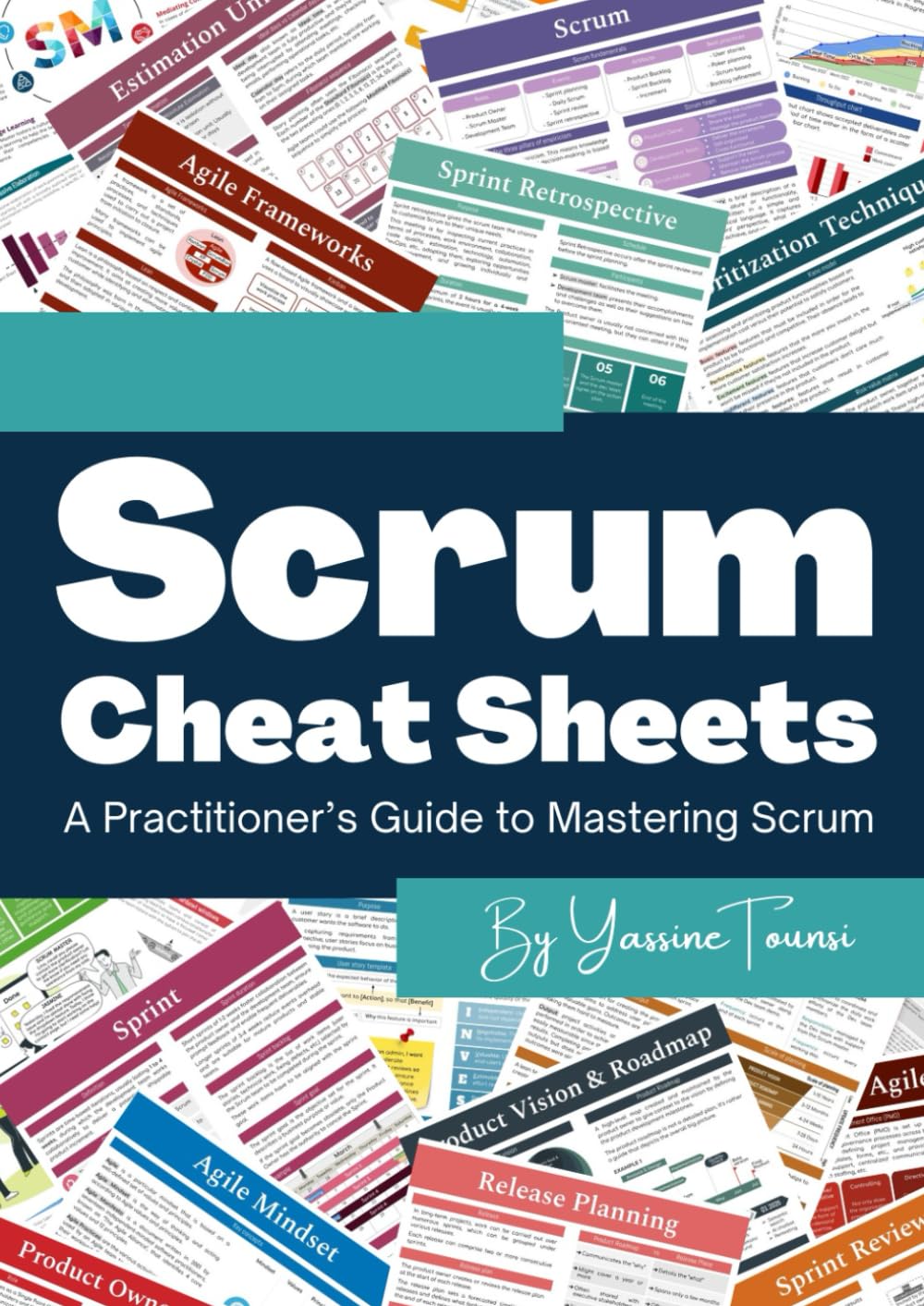
Scrum Board
What is a Scrum Board?
A Scrum board is a visual project management tool used in Scrum methodology to track the progress of work during a sprint. It helps teams organize tasks, monitor workflow, and maintain focus on sprint goals. The board usually displays columns that represent the different stages of work, such as “To Do,” “In Progress,” and “Done.” Tasks or user stories are placed on cards and moved across columns as work progresses.
This board provides transparency for the team and stakeholders by showing the real-time status of tasks. It can exist as a physical board using sticky notes or as a digital tool within software platforms like Jira, Trello, or Azure DevOps. The goal is to foster collaboration and support continuous improvement through clear visibility of workload and progress.
By using this board, Scrum teams can more effectively manage their commitments, identify bottlenecks early, and adjust their approach to meet sprint objectives.
Key Points
- Displays a sprint’s tasks or user stories in columns representing workflow stages.
- Offers real-time visibility into the status of work.
- Can be either physical or digital.
- Supports team collaboration and accountability.
- Helps identify and resolve issues that block progress.
Related Terms
- A Sprint Backlog contains the list of tasks that will appear on the Scrum board for a given sprint.
- The Product Backlog determines which tasks the team may select for future inclusion on the Scrum board.
- A Daily Scrum uses the board to review progress and plan the next 24 hours.
- Kanban is a similar visual workflow tool, but it is more flexible and does not require time-boxed sprints.
- A Burndown Chart complements the board by tracking the amount of work remaining versus time.
Scrum Board: Example
A development team begins a two-week sprint to build new features for a mobile app. The Scrum Master creates a digital Scrum board with columns for “To Do,” “In Progress,” “Code Review,” “Testing,” and “Done.” Each user story is added as a card and assigned to team members. During daily stand-ups, the team discusses the movement of cards and addresses any blockers that may be preventing progress. By the end of the sprint, all tasks are in the “Done” column, showing successful delivery.
Scrum Board: Best Practices
- Keep column stages relevant and straightforward to your workflow.
- Update the board consistently throughout the day.
- Limit work in progress to avoid overloading team members.
- Use visual cues, such as colours or labels, to highlight priority tasks.
- Review the board during retrospectives to improve future sprints.
Additional Resources
Preparing for a PMI certification?
- Exam Prep Courses: PMP®, CAPM®, and PMI-ACP®
- Exam Simulators: PMP®, CAPM®, PMI-ACP®, PMI-PBA®, PMI-RMP®, PMI-SP®, PgMP®, and PfMP®
- Professional Development Units (PDUs): 15, 30, and 60 PDU Bundles




